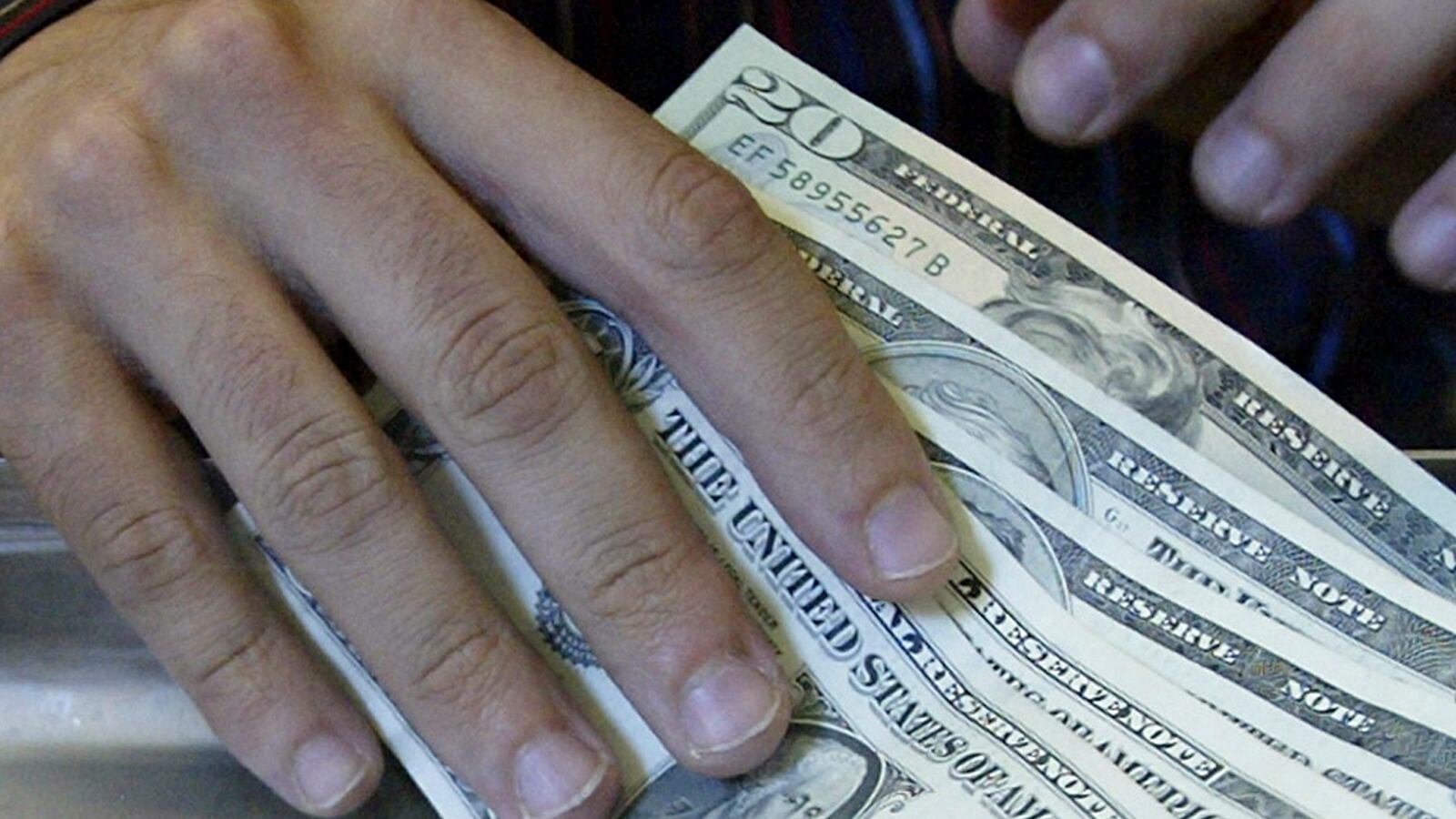George Will's latest column has made quite a splash. Will argues for a smaller, more manageable banking sector:
By breaking up the biggest banks, conservatives will not be putting asunder what the free market has joined together. Government nurtured these behemoths by weaving an improvident safety net, and by practicing crony capitalism. Dismantling them would be a blow against government that has become too big not to fail.

The move toward a "break up the banks" view on the right is an important development, if a largely unheralded one. Will is not alone in believing that Too Big to Fail was a major factor in the crisis--and still a major problem, since Dodd-Frank, our major financial reform, left the banking sector more heavily regulated, but otherwise largely untouched. I have heard some version of this from a growing number of conservatives, who are both disgusted by the bailouts and the stimulus, and looking for a new message to take to the voters. GOP representative John Campbell just introduced a bill which is, according to Bloomberg, "aimed at reducing the size of ‘too- big-to-fail' banks by requiring them to hold more capital including long-term debt."
It's certainly nice to see Republican legislators getting more skeptical of corporate power. At the same time, I think "bigness" as the metric is the wrong way to look at it. Lehman was big compared with a community bank, but it was not the largest of the bulge-bracket banks. Moreover, very large banks have failed before and the system weathered the storm just fine. Lehman's failure caused problems because the whole system was shaky, the dominos poised to fall at the slightest breath.
The initial vehicle of Lehman's contagion was the even smaller Reserve Primary money-market mutual fund, which triggered a massive run on the money markets when it was revealed that the fund no longer had enough assets to pay its shareholders the money they'd parked in the fund.
Reserve Primary was heavily invested in Lehman debt, of course, and perhaps they wouldn't have gone bust ("broken the buck," in money-market parlance), if Lehman had been two or three smaller banks. Except that we know that large numbers of money-market funds had been breaking the buck for at least a year before Reserve Primary went down. The difference was that the other funds were quietly topped off by their sponsors. In the market conditions of late 2008, Reserve Primary was too small, and too poor, to top up. Would they have been able to make it if losses had been more broadly distributed among smaller banks? Perhaps, but then someone else might have gone under ... and in a world of smaller financial institutions, fewer firms might have had the resources to top off money-losing funds.
The risk, in other words, was in the market, not the financial firms. And the problem with the market lay not in the size of the players, but in three things that had been increasing rapidly over the preceding decade or two: leverage, complexity, and opacity. Too many institutions had taken the same large bets, using too much leverage and too little good reporting on the extent of those risks. And when bets started to go south, the market, realizing that it had no way to assess the extent of the damage, freaked out.
John Kenneth Galbraith once compared leverage in markets to the ice-skating game called “Snap the Whip”:
It's fun when you’re playing. But it's hell when you stop—particularly on the person at the end of the line.
Size can be a peripheral problem, to the extent that it allows firms to accumulate extra leverage or to complexify their trading books, or makes it harder for investors and creditors to tell what is going on inside them. And theoretically, it may help them accumulate the money and power to get a better deal from legislators. But there are also drawbacks. In some ways, a few big banks are easier to regulate than a lot of small ones. And smaller banks have their own lobbying advantages—the community banks did comparatively well out of Dodd-Frank, precisely because there's one in virtually every congressional district.
But we know that having smaller banks do not, by themselves, make us safe, because that was the state of the U.S. banking market in 1929, on the eve of the Great Depression. Having thousands and thousands of small banks fail was not safer than having a few big ones go down. Meanwhile, Canada, which had a few big banks, avoided both the Great Depression and the recent financial crisis. So it's hard to believe breaking up the banks will, by itself, make us safer, unless we first attend to opacity, complexity, and leverage.
Did Dodd-Frank go far enough in that direction? Probably not. Unfortunately, “reduce opacity, leverage, and complexity” doesn't sell well as a policy platform: it's hard to explain, and there's no obvious way for the average voter, who does not have time to spend reading reports from bank examiners, to tell whether you’ve succeeded. ”Break up the banks,” on the other hand, is simple and clear.




